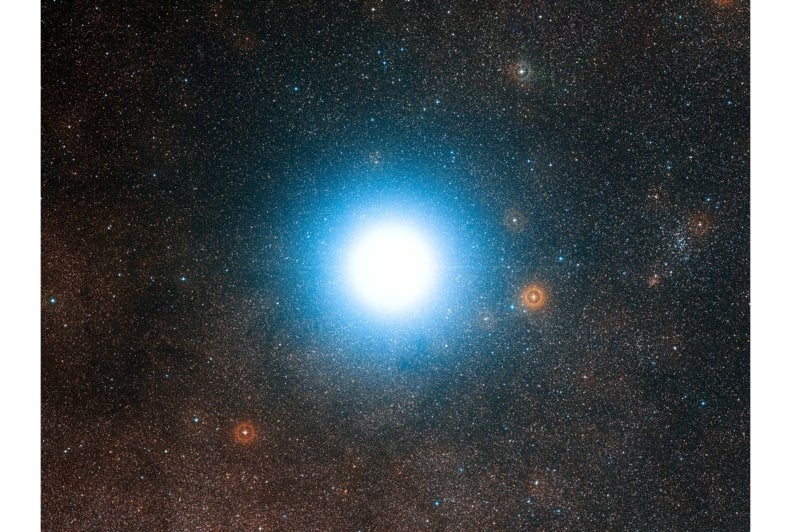Despite the recent sightings, and despite the fact that Congress will gather to discuss UFOs, I will state right now that we are NOT being visited by alien spacecraft or alien beings. Are there UFOs? Have people reported seeing UFOs? Yes.
A UFO, remember, is any flying craft that you cannot identify. So yeah, there are UFOs. They haven't been identified but that does not mean they are from some alien civilization. An airplane flying overhead would be an unidentified flying object to some isolated tribe of humans who have never had contact with the outside world. Eventually we will identify what people report seeing now, unless of course they are lying.
We know
the laws of physics exist throughout the universe. Examinations of the furthest galaxies can be examined and have shown to be following the same laws of physics. thus, we can reasonably assume that, just as here, nothing can exceed the speed of light. If you are going to come at me with "worm holes", know that they guy who came up with the theory, Stephen Hawking, changed his mind on them before his death.
The distances are too great, and the number of possible sentient beings is too small.
It hasn't happened we haven't been visited, and it likely never will.
Funded by Russian entrepreneur Yuri Milner and with the blessing of Stephen Hawking, Breakthrough Starshot aims to send probes to Alpha Centauri in a generation

www.scientificamerican.com
Funded by Russian entrepreneur Yuri Milner and with the blessing of Stephen Hawking, Breakthrough Starshot aims to send probes to Alpha Centauri in a generation
2016
“The human story is one of great leaps,” Milner said in a statement released shortly before the announcement. “55 years ago today, Yuri Gagarin became the first human in space. Today, we are preparing for the next great leap—to the stars.”
“Breakthrough Starshot,” the program Milner is backing, intends to squeeze all the key components of a robotic probe—cameras, sensors, maneuvering thrusters and communications equipment—into tiny gram-scale “nanocraft.” These would be small enough to boost to enormous speeds using other technology the program plans to help develop, including a ground-based kilometer-scale laser array capable of beaming 100-gigawatt laser pulses through the atmosphere for a few minutes at a time, and atoms-thin, meter-wide “
light sails” to ride those beams to other stars. Each pinging photon of light would impart a slight momentum to the sail and its cargo; in the microgravity vacuum of space, the torrent of photons unleashed by a gigawatt-class laser would rapidly push a nanocraft to relativistic speeds.
20 percent the speed of light—some 60,000 kilometers per second.
NASA has already sent five spacecraft on trajectories taking them beyond our solar system, although even the fastest of these would require more than 30,000 years to reach Alpha Centauri. The nanocraft would make that same interstellar crossing in just 20 years. With no onboard ability to decelerate, they would briefly gather data about any planets in the Alpha Centauri system and beam it back toward Earth before plunging deeper into interstellar darkness and out of communication range.
20 years is nothing. And we could send
The first organisms to "breathe" oxygen—or at least use it—appeared 3.1 billion years ago, according to a new genetic analysis of dozens of families of microbes. The find is surprising because the Great Oxidation Event, which filled Earth's atmosphere with the precious gas, didn't occur until some 500 million years later.
Geochemists, for example, have found mineral deposits dated to about 3 billion years ago that they argue could only have formed in the presence of oxygen. And some evidence suggests cyanobacteria, the earliest photosynthetic organisms to release oxygen gas as a waste product—although not use it—may have arisen as early as 3.5 billion years ago.
We should plant cyanobacteria on every planet we send nanoships to.


